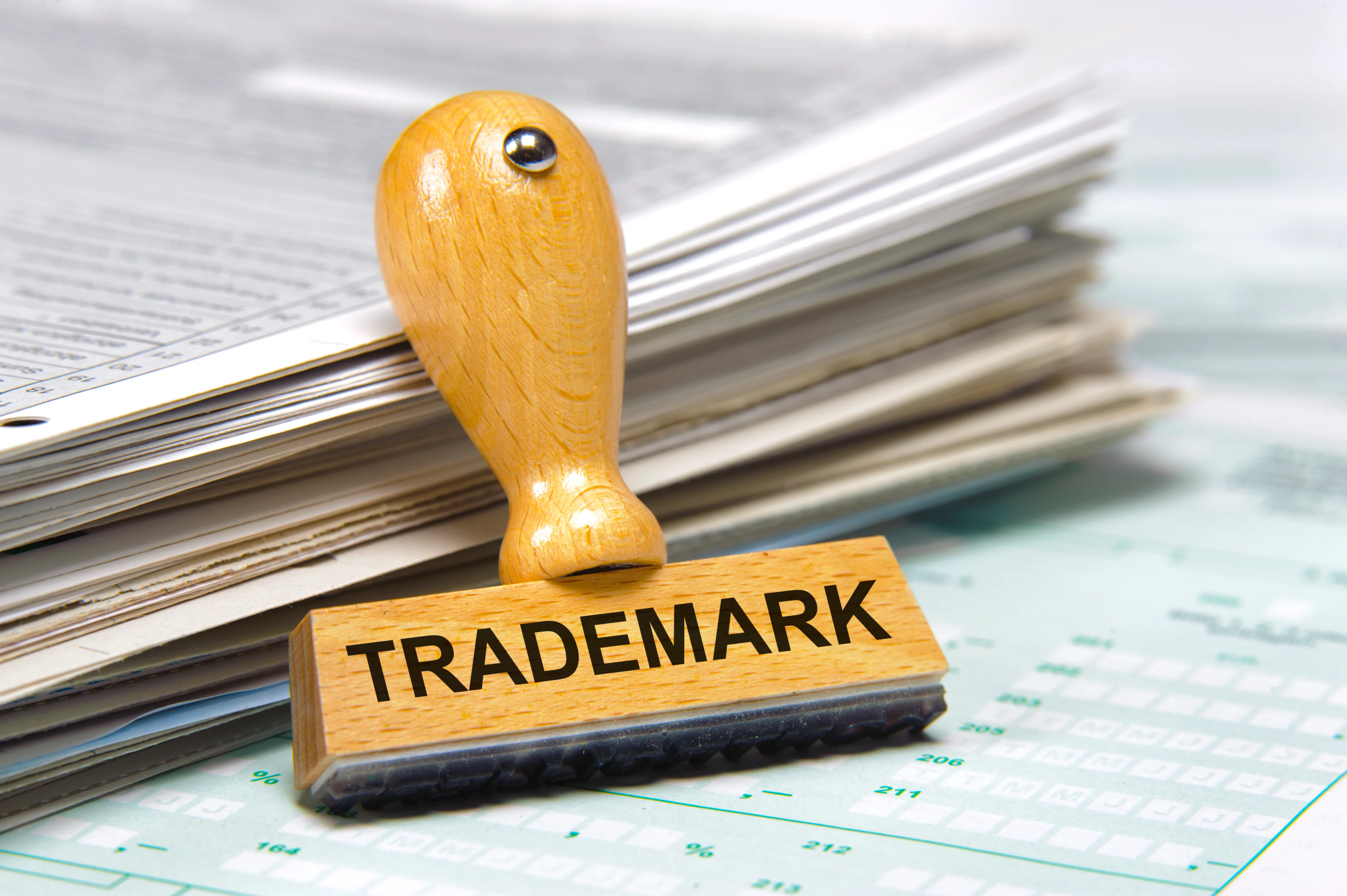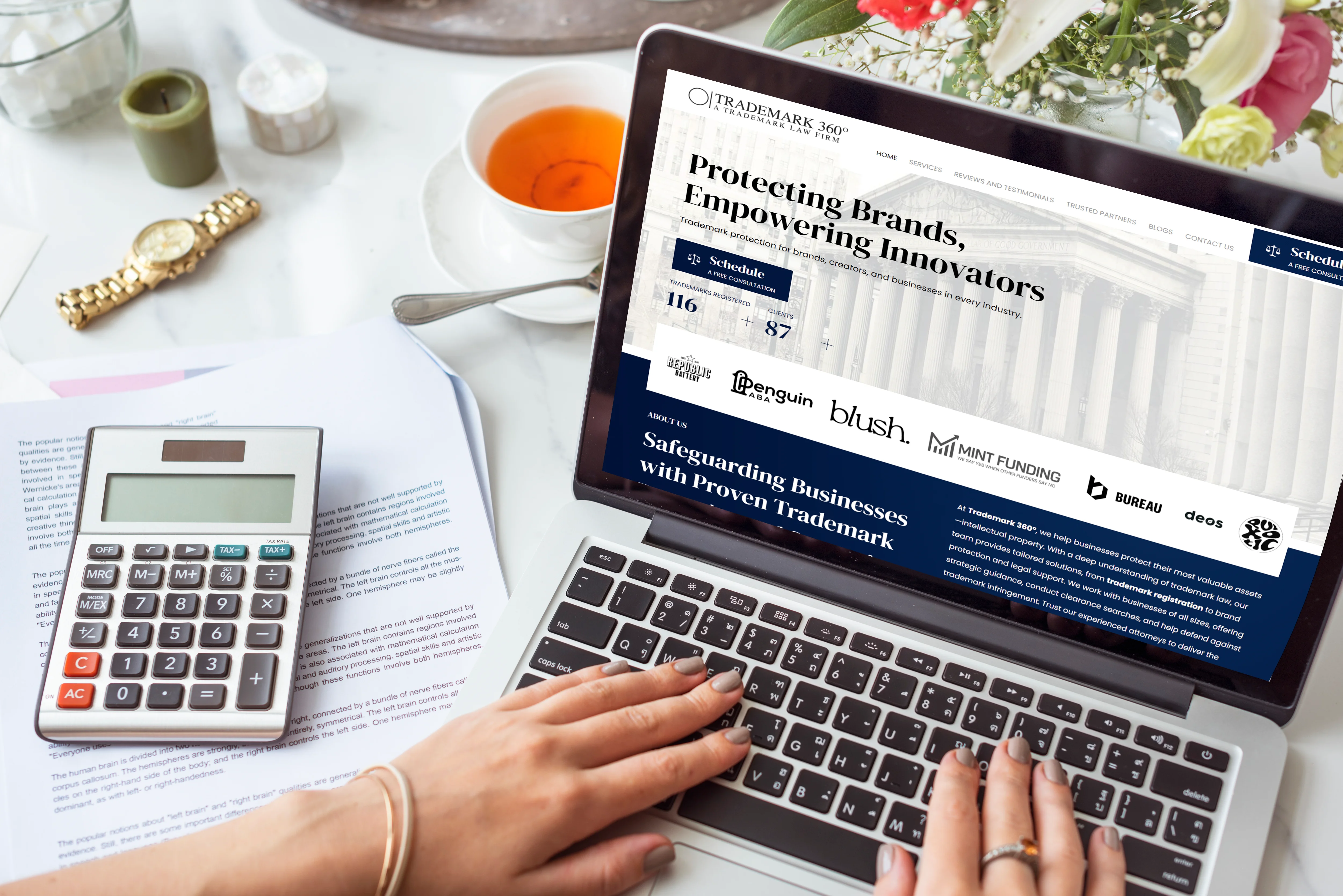When you apply for a trademark, the last thing you want is a letter from the USPTO halting your progress. Yet, many applicants receive a USPTO Office Action, a formal notification identifying issues with the application. While intimidating at first glance, this response from the USPTO Examining Attorney is a standard part of the trademark application process and doesn't necessarily mean rejection.
This complete guide will walk you through everything you need to know, from understanding the types of office actions to successfully crafting a trademark response to office action that protects your brand and moves your application forward.
What is a USPTO Office Action?
A USPTO Office Action is an official document issued by the United States Patent and Trademark Office when a trademark application doesn't meet specific legal or procedural requirements. These actions can range from simple corrections to serious legal refusals.
Types of Office Actions
1. Non-Final Office Action
A non-final office action is usually the first response from the USPTO and outlines any issues that need to be addressed before the application can proceed. These may involve changes to the identification of goods, disclaimers, or minor legal concerns. This is your opportunity to make corrections or present arguments.
2. Final Office Action
A final office action USPTO response comes after a non-final action has already been issued and not adequately resolved. It means the USPTO Examining Attorney still believes your application has legal barriers. While not necessarily the end of the road, a final action requires a more strategic and potentially escalated response.
Each type of Trademark Office Action has specific response procedures and timelines, which we'll dive into below.
Common Reasons for Receiving a USPTO Office Action
Understanding why you received a USPTO Office Action helps determine how to best respond. The most common reasons include:
● Likelihood of Confusion
The examining attorney believes your trademark is too similar to an existing one. This likelihood of confusion rejection is based on similarity in sound, appearance, meaning, or commercial impression. Even if two marks aren't identical, their overall impact might still be seen as confusing to consumers.
● Descriptive or Generic Marks
If the mark merely describes the goods or services, it may be rejected. For example, "Creamy Yogurt" for a yogurt brand is likely to be refused as merely descriptive unless it has acquired distinctiveness.
● Improper Specimen
In a specimen refusal, the applicant's submitted proof (like a product label or website) fails to show the trademark used in commerce in the required way. A specimen refusal response involves correcting the presentation or submitting alternative proof.
● Legal or Technical Deficiencies
Incorrect classifications, missing translations, vague goods/services descriptions, or procedural errors can also trigger an office action. These issues typically require simpler fixes but must be addressed properly.
How to Read and Understand Your USPTO Office Action
Step 1: Determine the Type of USPTO Office Action
Before you start drafting a response to office action USPTO, identify whether it's final or non-final. The tone, urgency, and potential next steps depend on this.
Step 2: Analyze the Legal Grounds
Read the explanations carefully. Does the examining attorney cite a trademark refusal reason like similarity to a registered mark? Are there multiple issues, such as a flawed specimen or missing disclaimer? Be meticulous in identifying every required correction or argument.
Step 3: Check the Deadline
You typically have three months from the date of issuance to respond. If needed, a one-time three-month extension is available for a fee. Responding to office action deadline requirements is critical. Failure to meet it results in automatic abandonment of the application.
How to Respond to a USPTO Office Action Effectively
Crafting a strong trademark office action response requires clarity, evidence, and knowledge of USPTO standards. Here's how to build a winning response:
Step 1: Formulate Your Strategy
Think critically about what the USPTO is asking. Are you better off making amendments, submitting new documentation, or writing a legal argument? Your trademark response strategy depends on the type of refusal or issue raised.
For a likelihood of confusion claim, show differences in the mark's appearance, sound, or market.
For descriptiveness refusals, argue that the term is suggestive, or submit evidence of distinctiveness.
For specimen refusals, replace the specimen with one that accurately shows the mark in use on goods or services.
Step 2: Draft the Response
Use formal language, cite legal precedent where applicable, and attach any supporting documentation. If responding to a final office action, make sure your arguments are strong, as this may be your last opportunity before appeal.
Step 3: File Through TEAS
Submit your trademark office action response through the Trademark Electronic Application System (TEAS). Always double-check formatting, attachments, and signature requirements before submission.
When to Appeal a USPTO Office Action
If your response to office action USPTO is rejected following a final office action, you have two main options:
1. File a Request for Reconsideration
If you believe new evidence or arguments can reverse the decision, you can file a Request for Reconsideration within three months.
2. Appeal to the Trademark Trial and Appeal Board (TTAB)
This more formal route allows you to contest the USPTO decision, much like a legal trial, where you argue your case before administrative judges.
Choosing between these options depends on how strong your legal footing is and how essential the mark is to your business strategy.
Mistakes to Avoid When Responding to a USPTO Office Action
Many applicants weaken their chances by:
Failing to address all issues: A partial response often leads to immediate refusal.
Submitting weak evidence: Unsupported claims won't sway an examiner.
Ignoring formatting or procedural rules: Missteps here can result in rejection without review.
Even experienced applicants can slip up. Reviewing each section of the office action thoroughly is key to avoiding pitfalls.
How to Avoid Office Actions in the First Place
While not always preventable, office actions can often be avoided by taking the right steps before applying:
Conduct a Full Clearance Search: Before applying, check for similar marks in the USPTO database. This reduces the risk of likelihood of confusion rejection.
Choose a Strong, Unique Mark: Avoid names that are too descriptive, generic, or similar to existing brands.
Use an Acceptable Specimen: Ensure the specimen submitted clearly shows your mark being used on the product or service itself—not just advertising or packaging.
Work with a Trademark Attorney: An experienced attorney can spot weak points in your application and help you prepare a more bulletproof submission from the start.
From Roadblock to Registration
Responding to a USPTO Office Action might seem daunting, but it's a manageable process when you understand the types of objections, prepare strong responses, and follow the proper procedures. Whether your trademark faces technical fixes or serious legal rejections, your next steps can determine the fate of your brand. Knowing how to respond to a USPTO Office Action isn't just about saving your application. It's about preserving your business identity for years to come.
Let Trademark 360° help you get it right the first time.
Powered by Froala Editor












